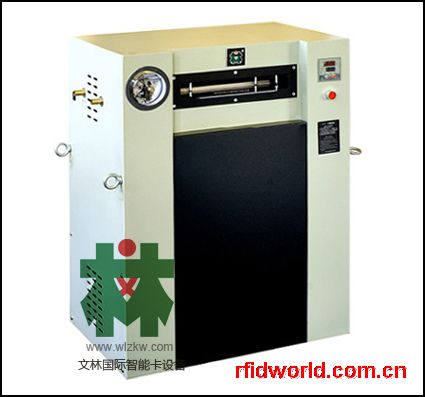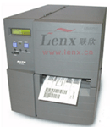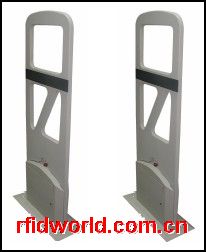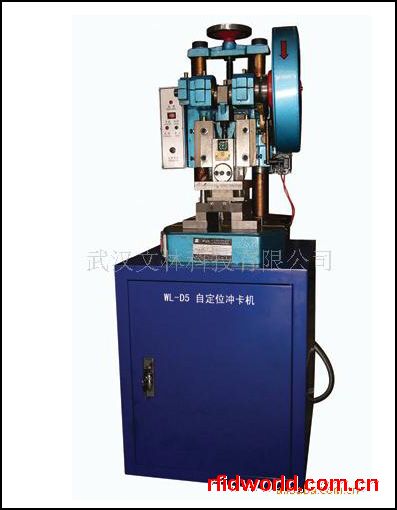RFID应用在停车计时器上
A Canadian company is adding RFID technology to its popular pay-by-cellular phone parking application, making a wave of a credit or ATM card as powerful as a fistful of quarters.
Vancouver-based Digital Payment Technologies Corp. expects to add radio frequency identification technology (RFID) in February.
The pay-by-cellular phone service running on IBM Corp. technology put Digital Payment Technologies on the radar of many cities and universities nationwide by letting drivers dial a toll-free telephone number to initiate an account, and provide their parking stall numbers to pay by phone with an ATM card, MasterCard, or Visa. With so many banks issuing cards with embedded RFID chips, Digital Payment Technologies is adding the ability to wave cards before an RFID reader rather than to swipe its magnetic strip.
|
|
The biggest benefit from the service may be that customers receive an automated reminder minutes before parking expires. Those requiring additional time need only call the toll-free number to purchase more. "The University of California Santa Barbara was the first to use the pay-by-cellular phone system," said Don Sutcliffe, Digital Payment Technologies' executive vice president of sales and marketing, said late Friday. "San Francisco and Los Angeles are cities using the application, too, and they're asking us what we're doing about RFID."
Digital Payment Technologies' parking application runs on Microsoft CE. IBM Corp.'s J9 Java virtual machine runs Digital Payment Technologies' Java 2 Micro Edition-compliant code within the communications module. The software platform interprets serial data from transactions, parking stall reports, and credit card charge requests, and translates it into an extensible markup language (XML) message. The XML message is then sent to a server via HTTPS. The system also gathers telemetry data on battery voltage, and door and alarm state to monitor the system.
California cities from San Francisco to San Diego have installed multi-space cellular parking meters that accept payment by cellular phone, credit and ATM cards, as well as coins. Some of these cities are testing the pay-by-cellular phone technology where "RFID is part of the future equation," Sutcliffe said.
He adde that West Hollywood is considering the RFID application option for the rollout, where mass-transit cards used to pay for city metro rails and buses would allow travelers to pay for parking with a wave instead of a card swipe. Law enforcement can monitor parking spaces and issue citations through a central database or via handheld devices.

 登录
登录
 注册
注册














